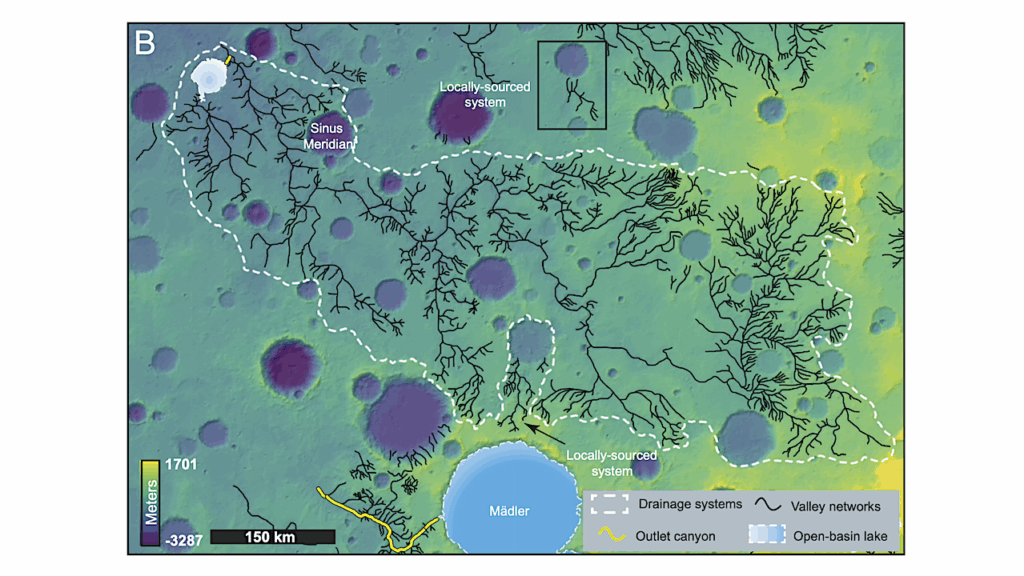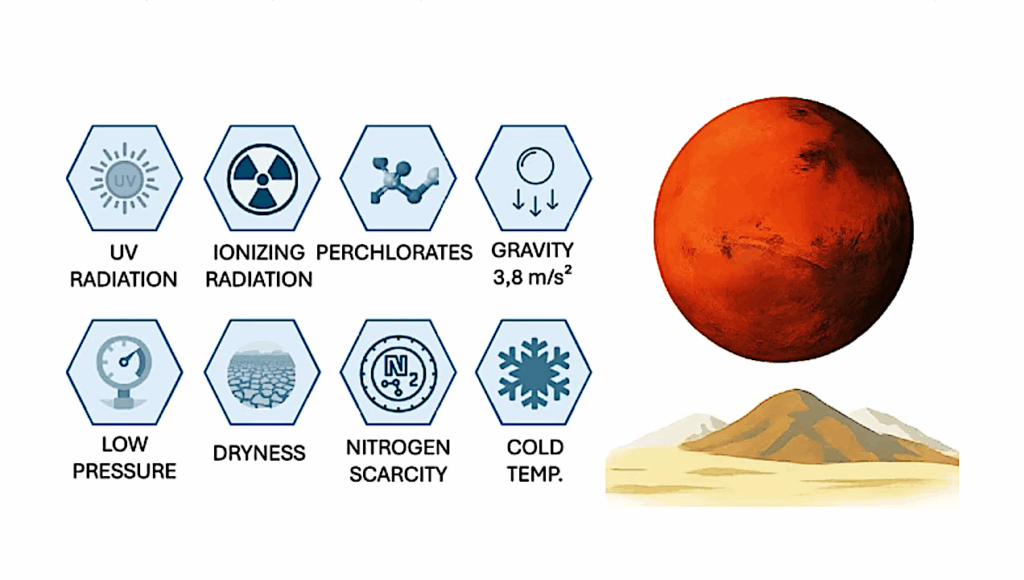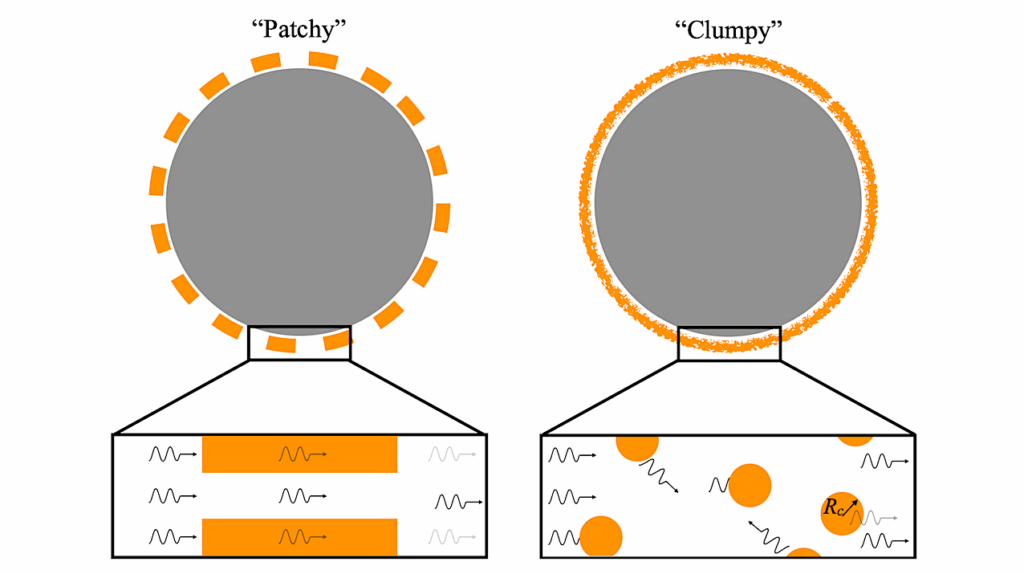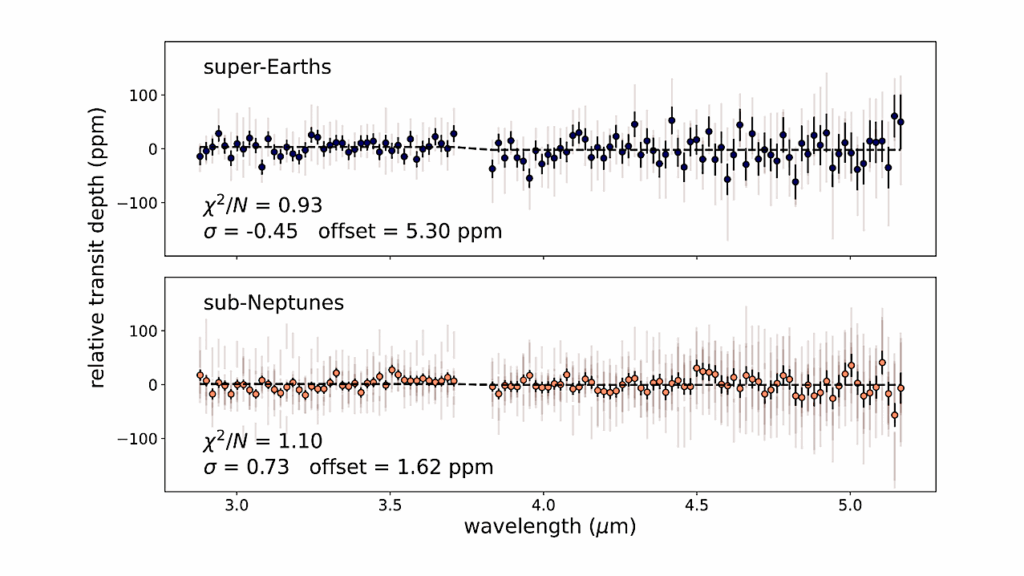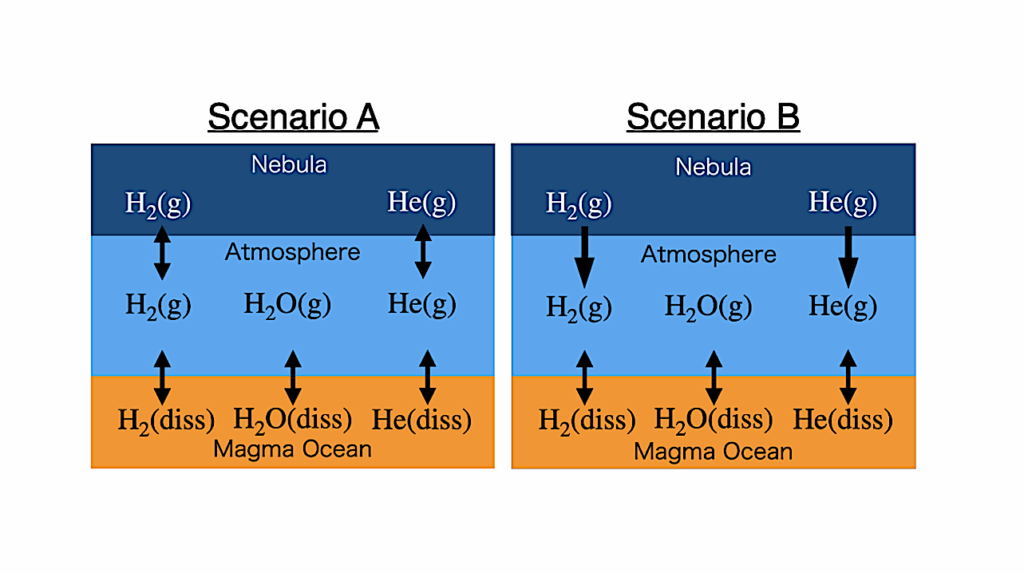Under The Light Of A New Star: Evolution Of Planetary Atmospheres Through Protoplanetary Disc Dispersal And Boil-off

The atmospheres of small, close-in exoplanets are vulnerable to rapid mass-loss during protoplanetary disc dispersal via a process referred to as `boil-off’, in which confining pressure from the local gas disc reduces, inducing atmospheric loss and contraction. We construct self-consistent models of planet evolution during gaseous core accretion and boil-off.
As the surrounding disc gas dissipates, we find that planets lose mass via subsonic breeze outflows which allow causal contact to exist between disc and planet. Planets initially accrete of order ∼10% in atmospheric mass, however, boil-off can remove ≳90% of this mass during disc dispersal. We show that a planet’s final atmospheric mass fraction is strongly dictated by the ratio of cooling timescale to disc dispersal timescale, as well as the planet’s core mass and equilibrium temperature.
With contributions from core cooling and radioactivity, we show that core luminosity eventually leads to the transition from boil-off to core-powered mass-loss. We find that smaller mass planets closest to their host star may have their atmospheres completely stripped through a combination of boil-off and core-powered mass-loss during disc dispersal, implying the existence of a population-level radius gap emerging as the disc disperses.
We additionally consider the transition from boil-off/core-powered mass-loss to X-ray/EUV (XUV) photoevaporation by considering the penetration of stellar XUV photons below the planet’s sonic surface. Finally, we show that planets may open gaps in their protoplanetary discs during the late stages of boil-off, which may enhance mass-loss rates.
James G. Rogers, James E. Owen, Hilke E. Schlichting
Comments: 18 pages, 8 figures. Re-submitted to MNRAS after moderate revisions. Comments welcome
Subjects: Earth and Planetary Astrophysics (astro-ph.EP)
Cite as: arXiv:2311.12295 [astro-ph.EP] (or arXiv:2311.12295v1 [astro-ph.EP] for this version)
Submission history
From: James Rogers
https://arxiv.org/abs/2311.12295
Astrobiology



